
A prolonged atmospheric river will continue to bring gusty winds, heavy rainfall which may lead to urban and river flooding with possible landslides, and heavy inter-mountain snow over the Pacific Northwest into the northern Rockies through Thursday. A clipper will cross the Great Lakes and Northeast U.S. into Thursday with areas of moderate to heavy snow and mixed wintry precipitation. Read More >
Overview:
|
Between the afternoon hours of Friday, Jan. 11, 2019, and the morning of Saturday the 12th, a somewhat-stronger-than-first-expected low pressure system passed through the Central Plains, bringing widespread snow totals of 4-8" to primarily the southeastern one-third of the NWS Hastings coverage area (see map and list of totals below). |
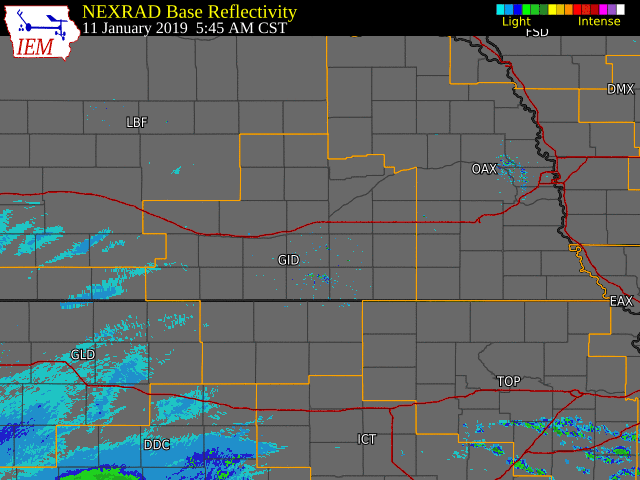 NWS Radar loop from 5:45 AM on Jan. 11th - 2 PM on Jan. 12th. NWS Radar loop from 5:45 AM on Jan. 11th - 2 PM on Jan. 12th.The NWS Hastings coverage area is within the orange outlined area labeled "GID" . Interstates are in red. |
Snow
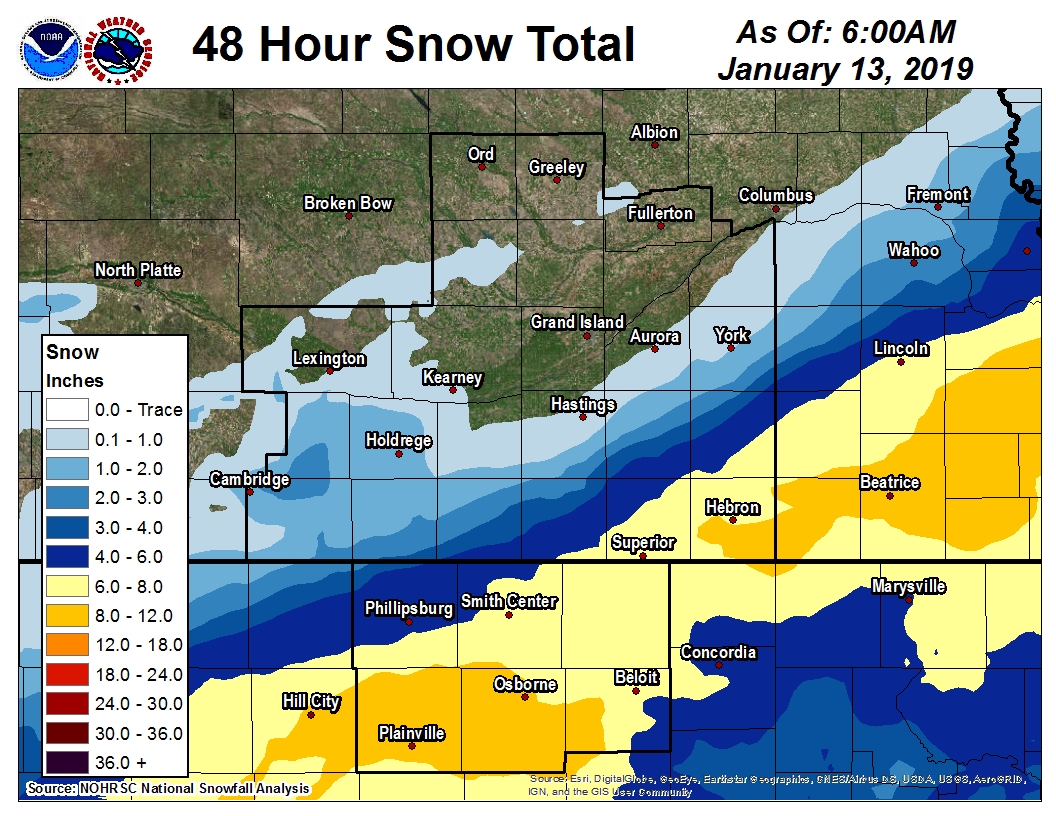 |
| 2-Day Storm Totals (click image to enlarge) |
|
|
Photos
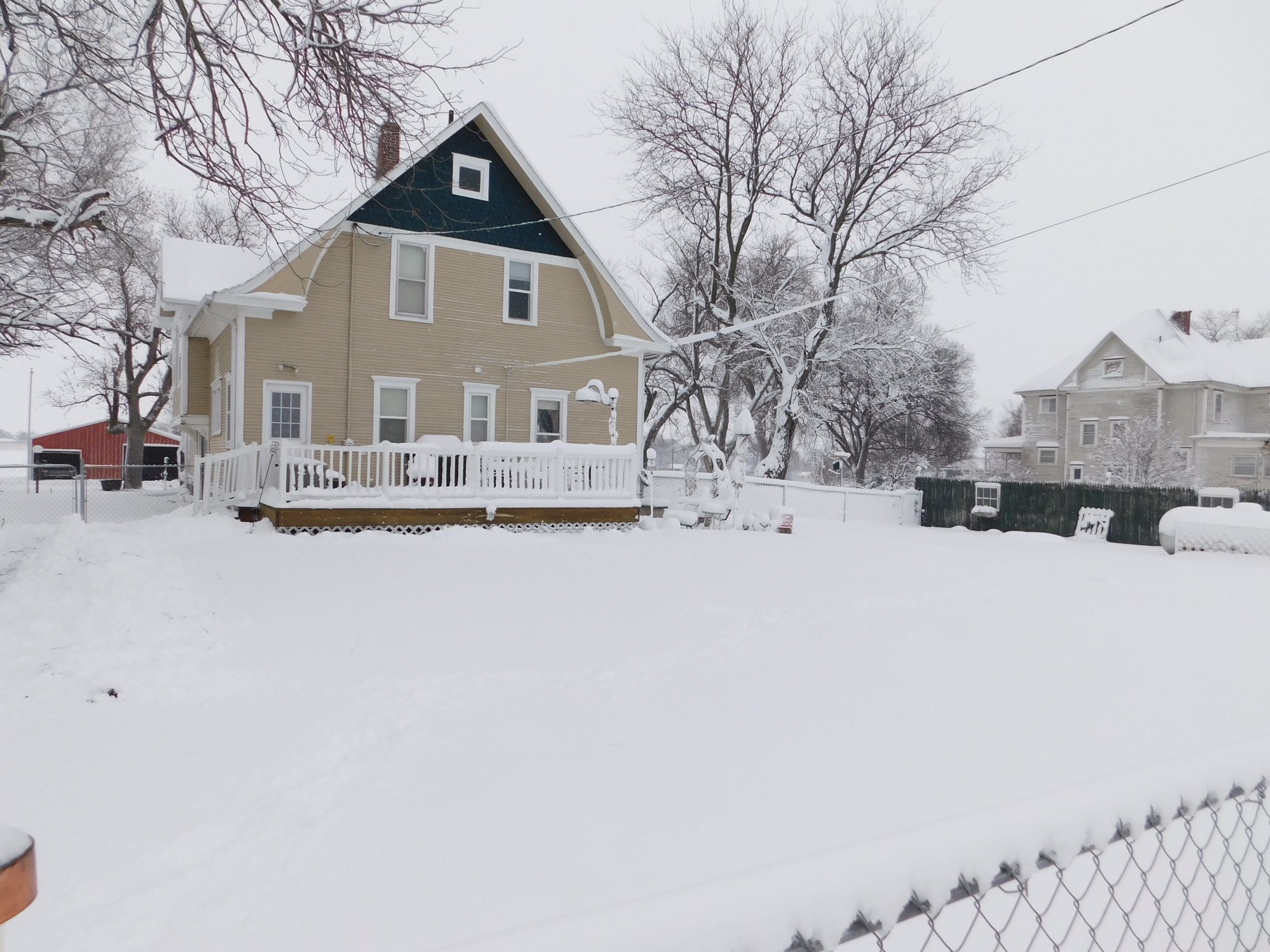 |
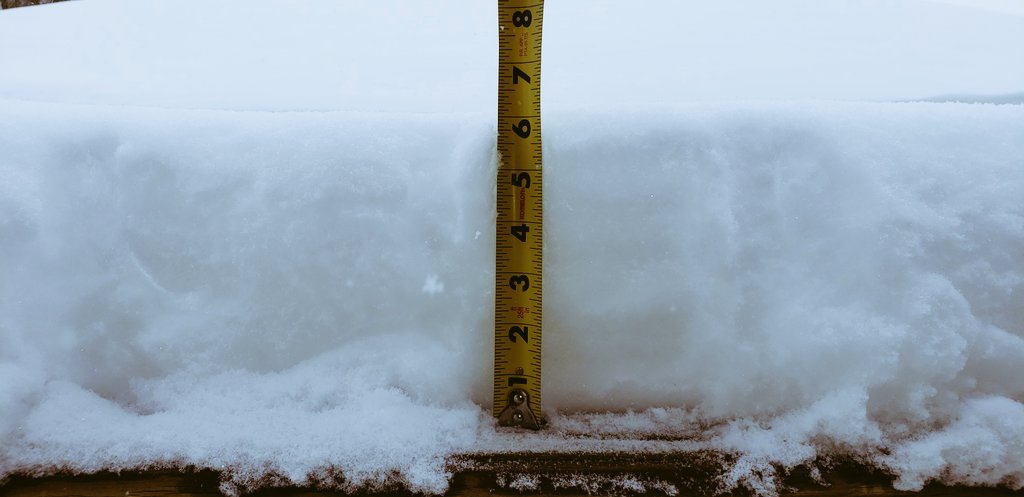 |
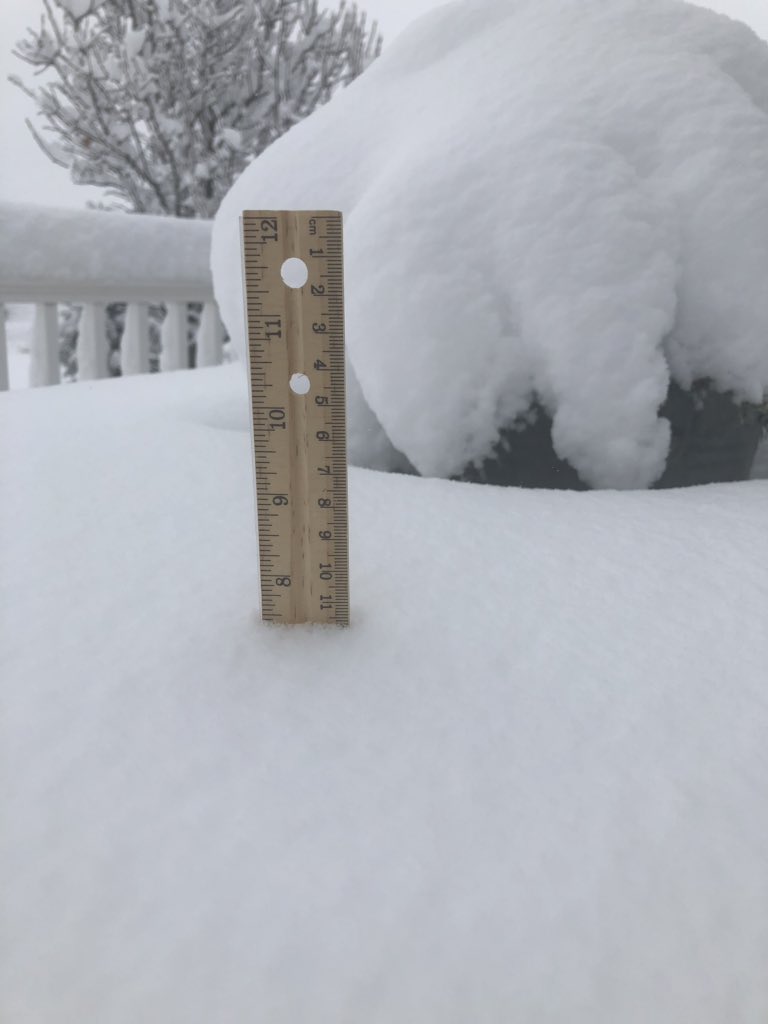 |
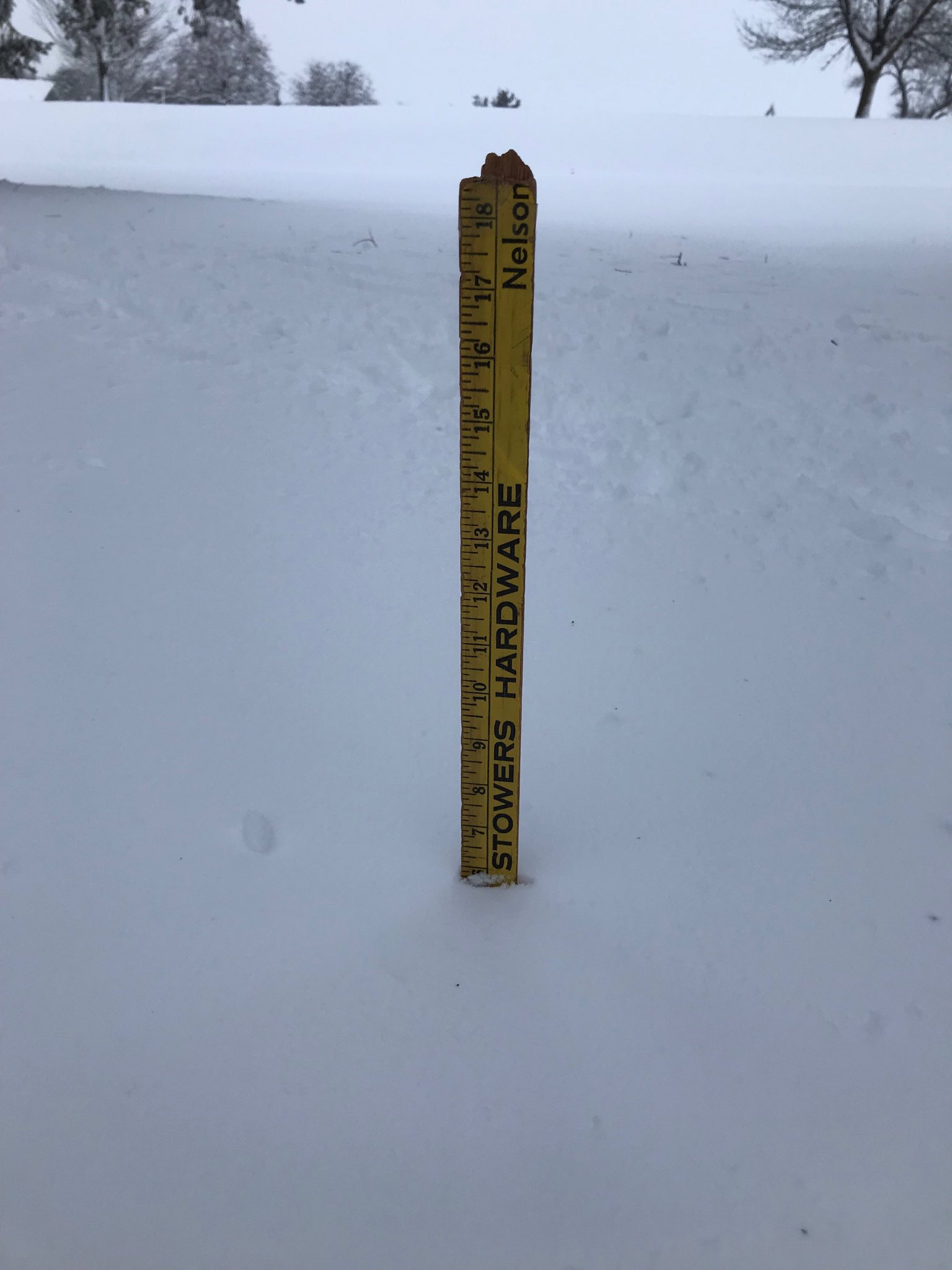 |
| Carleton, NE photo by Bill McPherson |
Deshler, NE photo by Adam Holle |
4 S Hebron, NE photo by Christy Farnstro |
Nelson, NE photo by Peter Spirk |
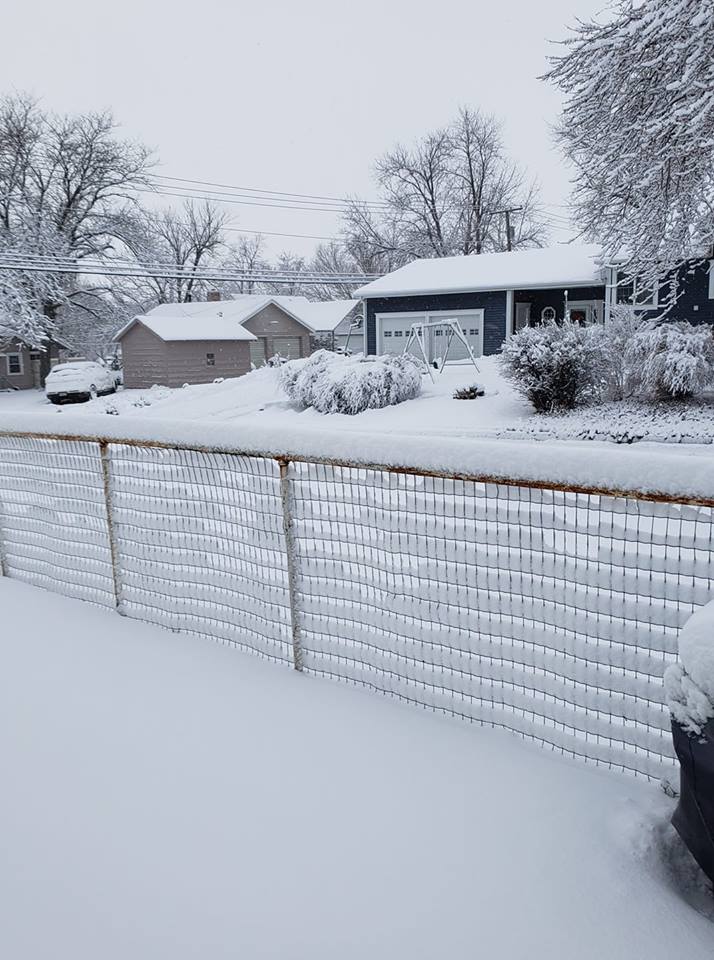 |
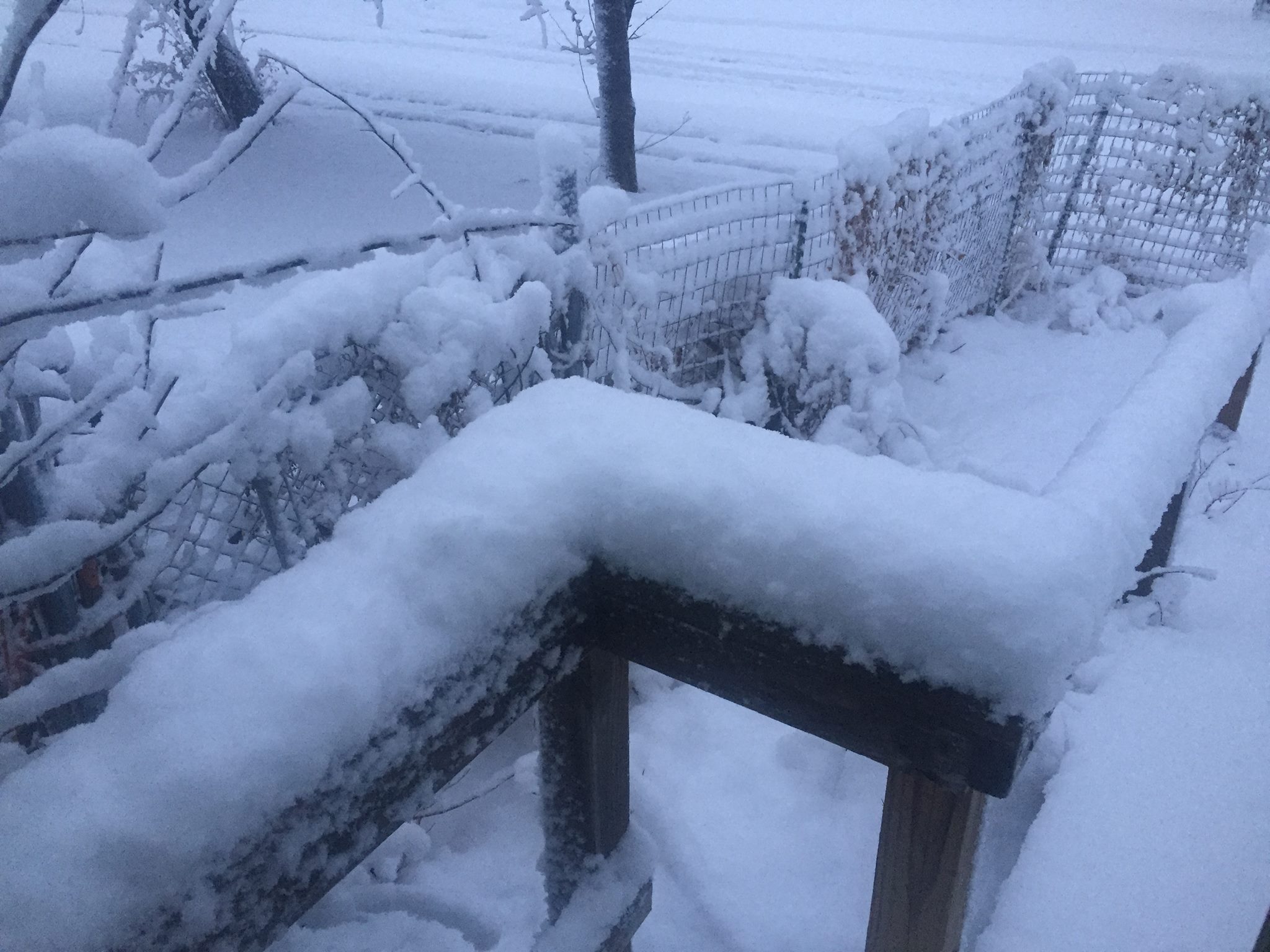 |
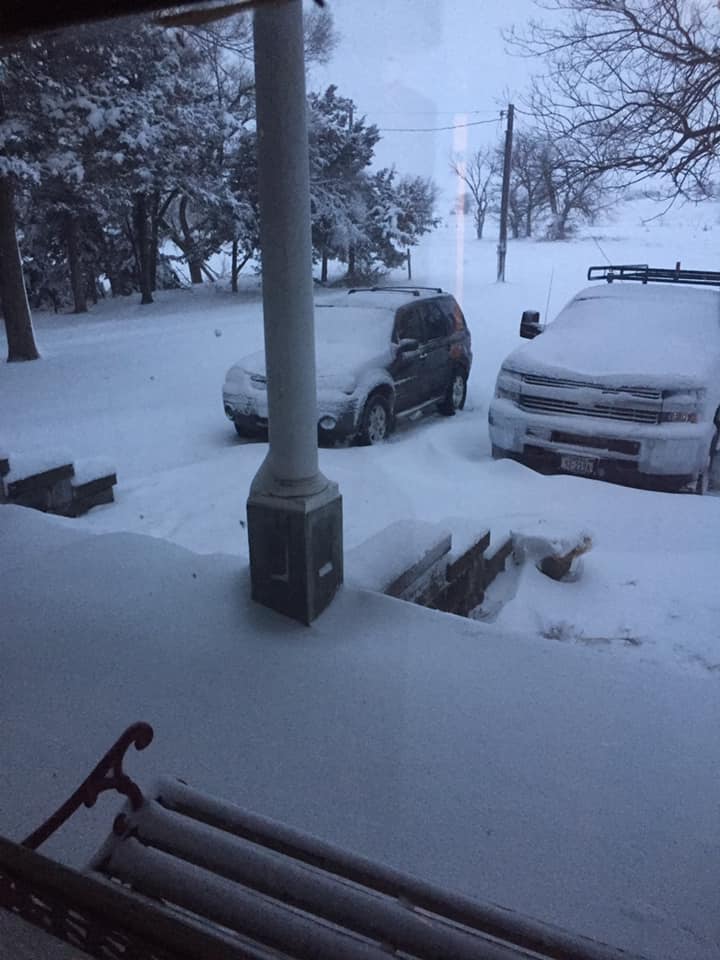 |
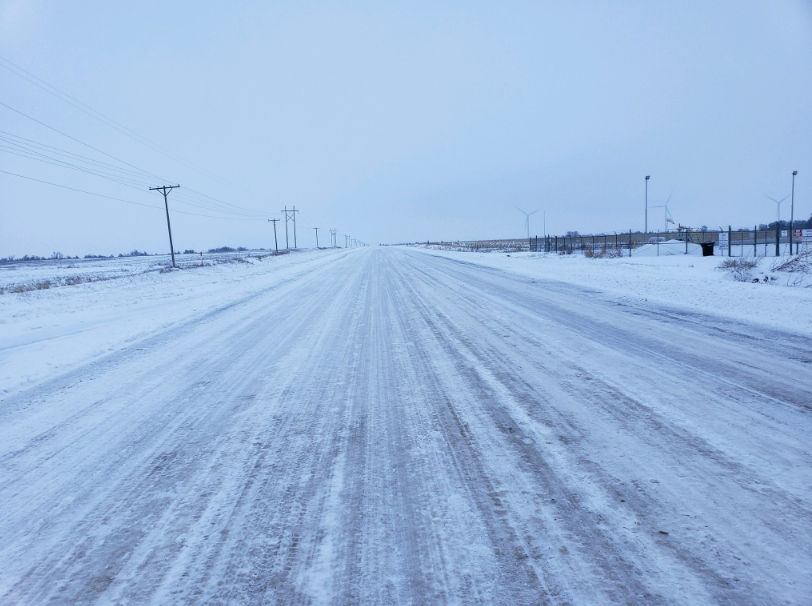 |
| Superior, NE photo by Rick Disney |
Beloit, KS photo by Joe Sporleder |
Oak, NE photo by Ty Behmerwohld |
Near Blue Hill, NE photo by Nebraska State Patrol |
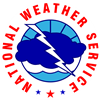 |
Media use of NWS Web News Stories is encouraged! Please acknowledge the NWS as the source of any news information accessed from this site. |
 |